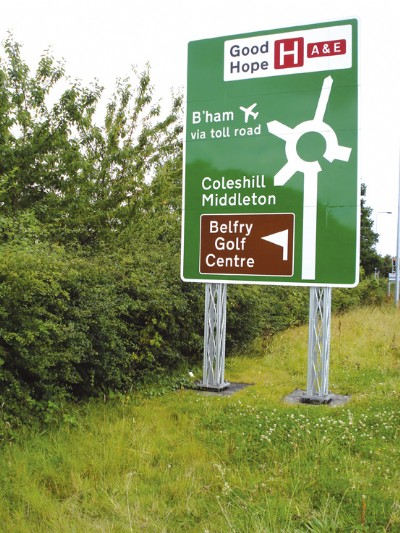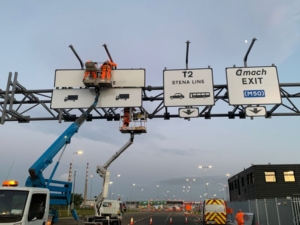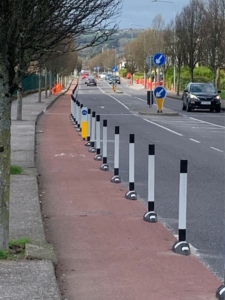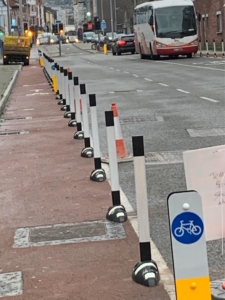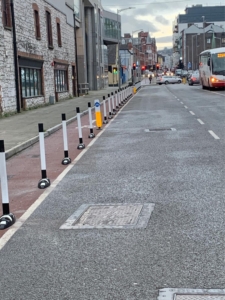Dublin, long characterised by the roar of cars, is on the brink of a monumental transformation. Imagine a city centre where bustling streets are replaced by vibrant pedestrian walkways and the gentle whir of bicycles. This isn’t a dream, it’s the bold vision of Dublin’s new City Centre Transport Plan.
Unveiled by Dublin City Council and the National Transport Authority (NTA), this ambitious plan is a game-changer for urban mobility. It prioritises people and cyclists, echoing the progressive steps taken by cities like Paris, France.
At its heart, the Dublin City Centre Transport Plan champions sustainability and livability. It aims to reclaim streets for pedestrians and cyclists, fostering a dynamic city centre where people come first.
Dublin City Council reveals that two-thirds of cars currently traversing the city aren’t bound for the centre. The plan seeks to slash traffic in this area by a staggering 60 percent.
“Traffic is ruining Dublin city centre – and we now have a bold plan to fix it,” declares Dublin city councillor Michael Pidgeon. “Decades of poor planning and a lack of joined-up thinking have left the city centre a place of transport misery.”
Backed by €290 million in funding for walking and cycling, the plan envisions a city where residents can reach key destinations within a 15-minute walk or bike ride. Ambitious mode share targets aim to more than double the percentage of trips taken by bicycle, reaching 13 percent by 2028.
The aim is to build a better, more connected city. The plan includes wider sidewalks, dedicated cycle lanes, and vibrant pedestrian zones. Dublin is already taking strides to turn this vision into reality, with significant investments in public transport and cycling infrastructure, transforming Dublin into a model city for urban living. A place where cars take a back seat to sustainable modes of transport.
As Dublin embarks on this bold journey, one thing is clear: the future of transportation is people-powered. With the Dublin City Centre Transport Plan leading the way, the city is poised to set a shining example of what’s possible when you prioritise people and cyclists.


